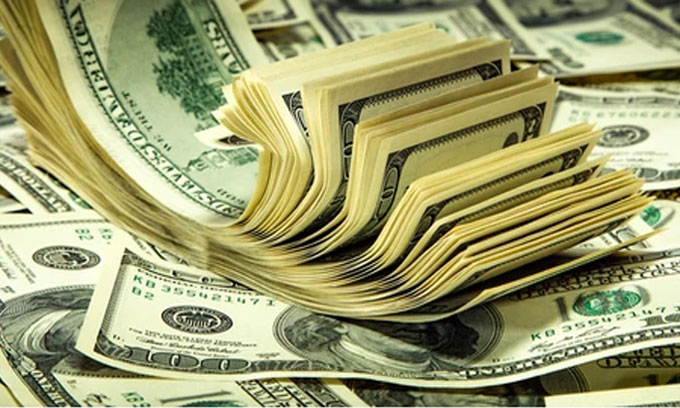(UTV|Coronavirus pandemic) – Global stock markets are seeing record levels of volatility with the five biggest one-day points falls happening in less than a month.
On Monday the Dow Jones Industrial Average saw its biggest one-day slide in more than three decades.
This was the latest huge swing as investors weigh the economic impact of the coronavirus pandemic.
It comes as a key measure of stock market volatility, known as the “Fear Gauge”, has surged to a record high.
Asian shares continued to see volatile trading on Tuesday with markets in Tokyo, Hong Kong and Shanghai swinging between losses and gains. At the same time US stock index futures indicated a positive open for Wall Street.
On Monday financial markets slumped, with the Dow losing close to 13% and the S&P 500 falling almost 12%, marking the biggest one-day falls for both indexes since “Black Monday” in 1987.
That followed the US Federal Reserve making another emergency rate cut on Sunday, prompting central banks around the world to ease policy in the biggest coordinated response since the global financial crisis more than a decade ago.
Investors are now concerned that the world’s central banks may have used most of their ammunition to fight the economic impact of the coronavirus outbreak.
Monday’s stock market falls follow US indexes on Friday seeing their biggest daily gains since October 2008. That came just a day after the Dow suffered what was then its biggest one-day plunge since the crash in October 1987.
In the last month the Dow Jones Industrial Average has racked up the five biggest one-day points falls in its 135-year history. In March alone the index has also seen its four biggest one-day points gains on record.
Wall Street’s so-called “Fear Gauge” has just topped the levels seen during the financial crisis more than a decade ago. The Chicago Board Options Exchange’s VIX, a measure of stock market volatility, surged by almost 43%, surpassing the level seen in 2008.



